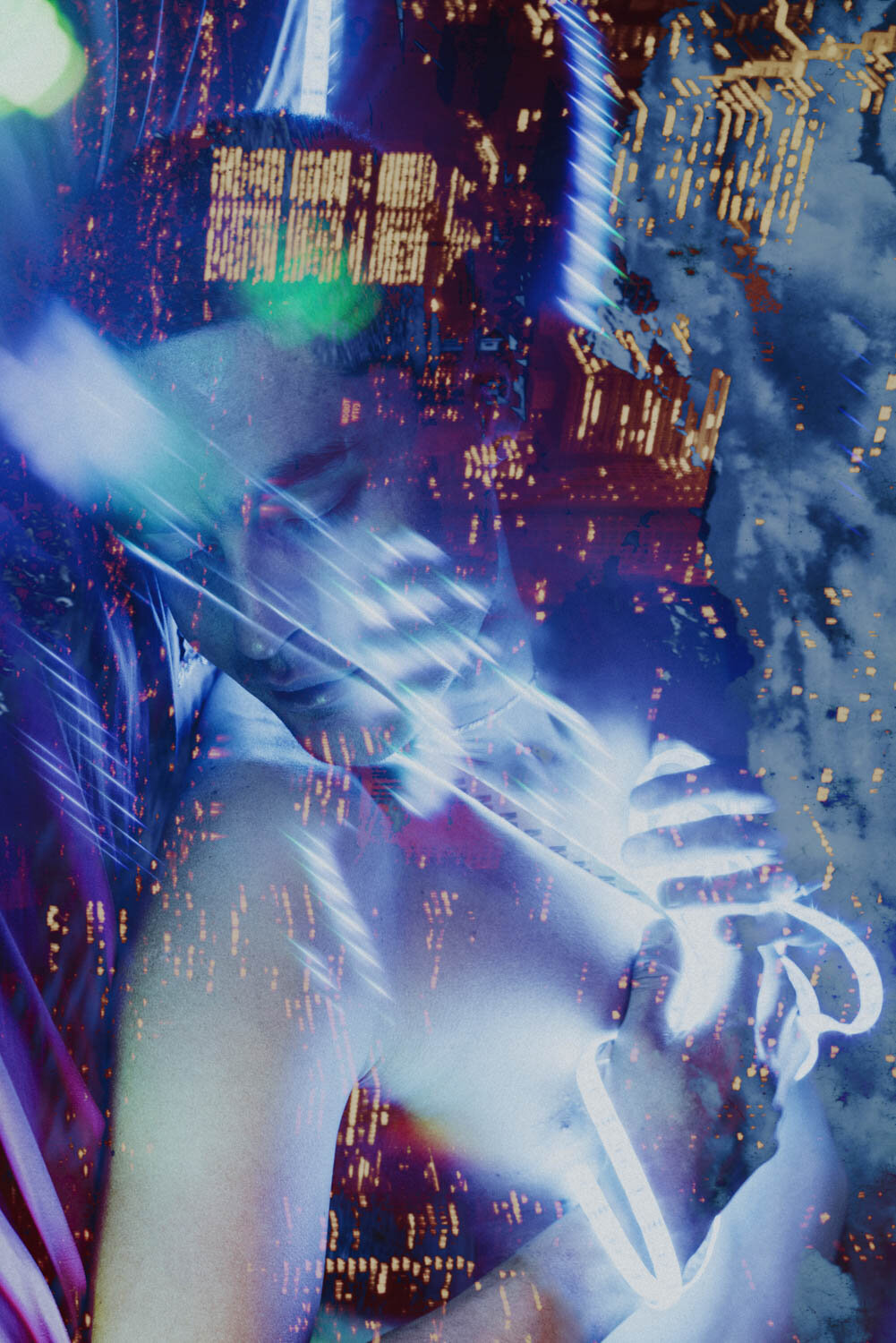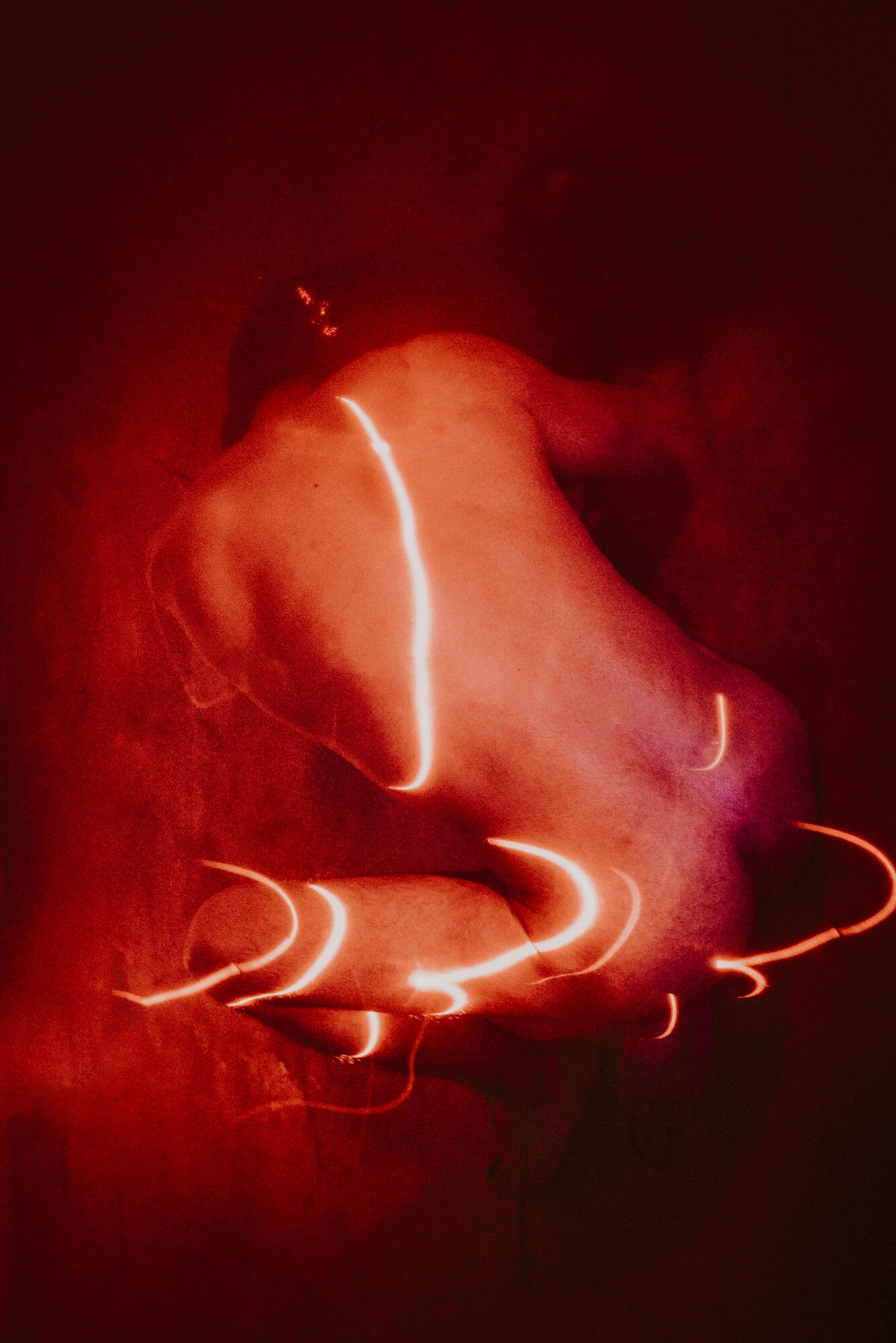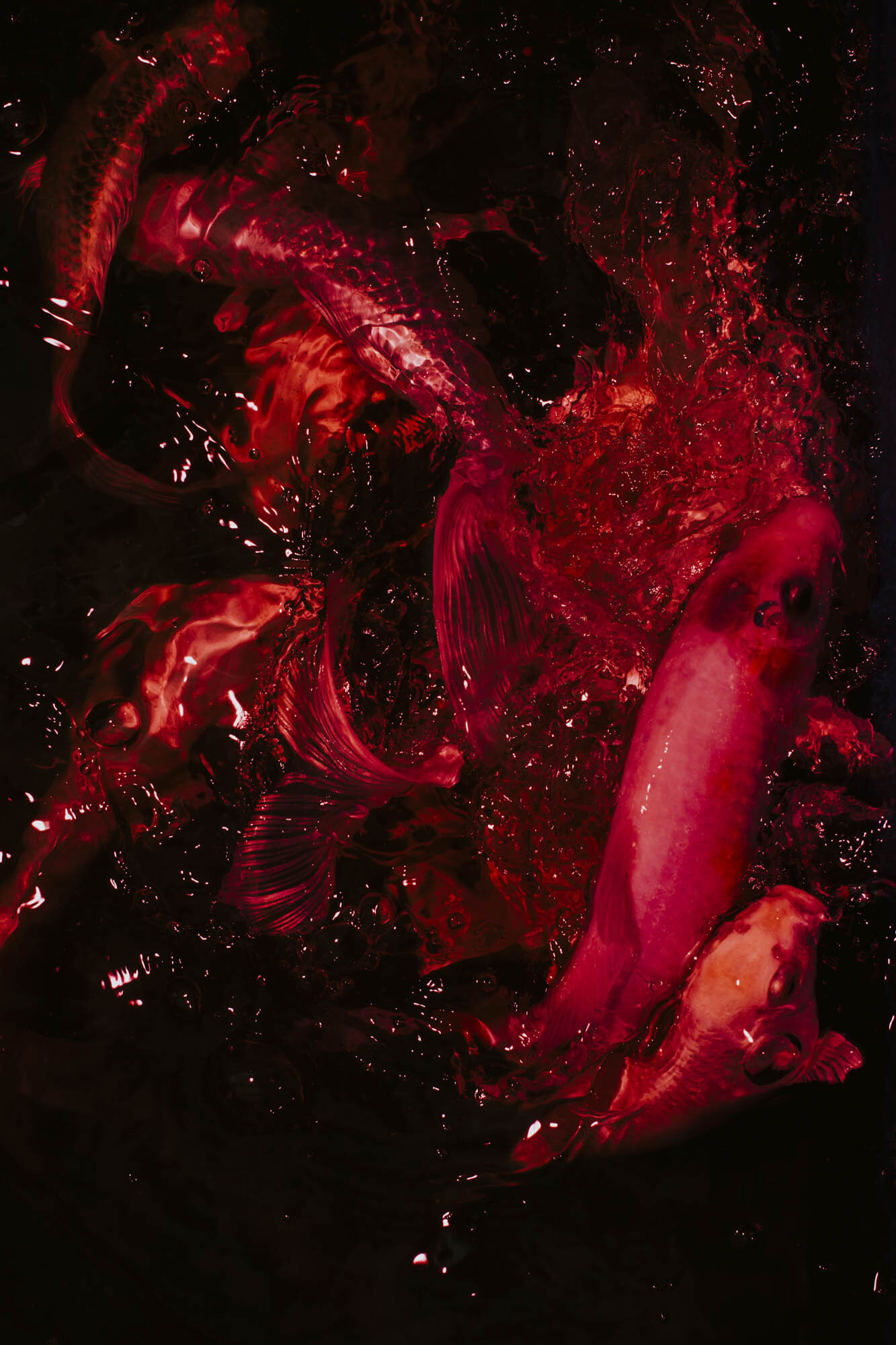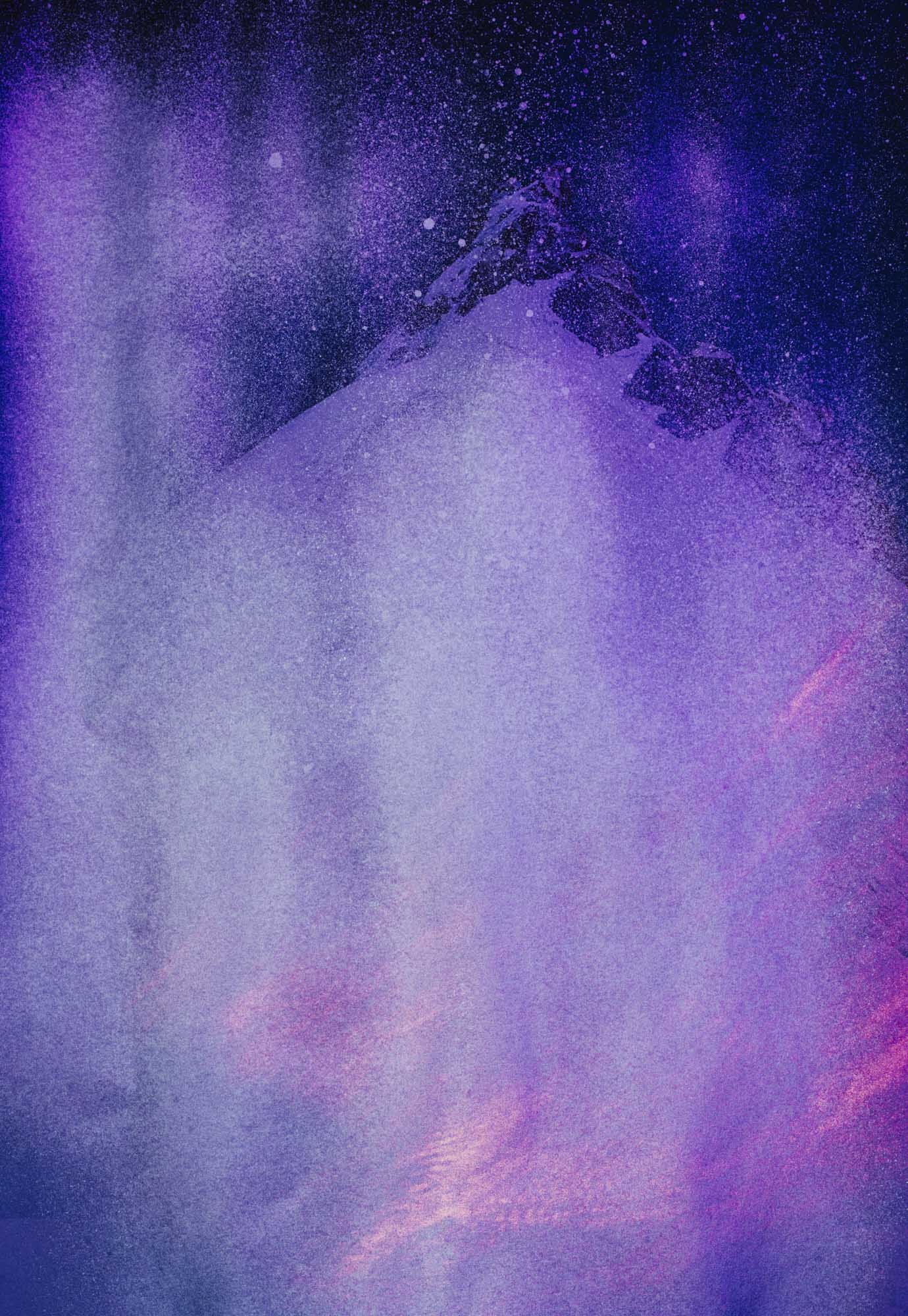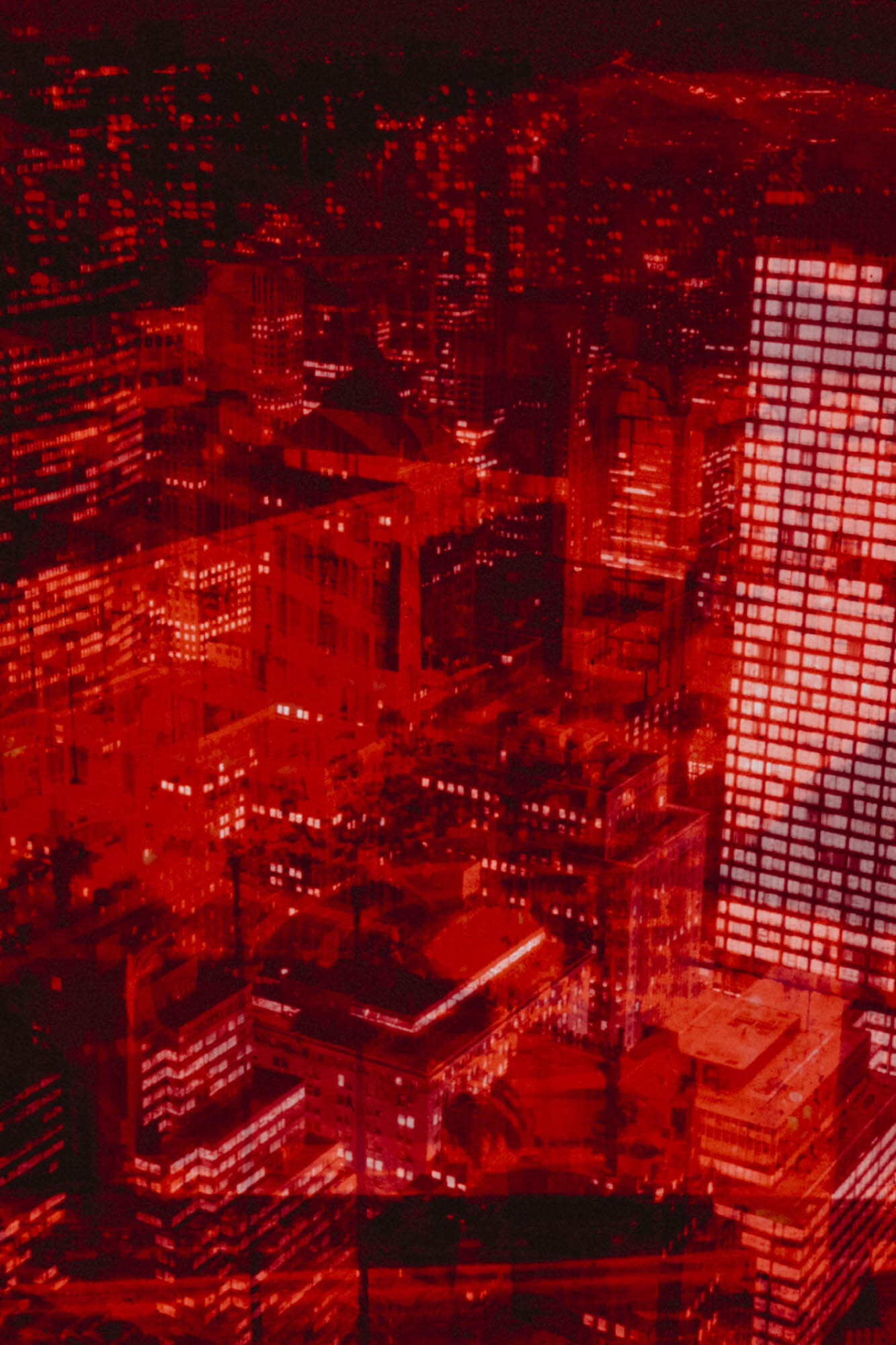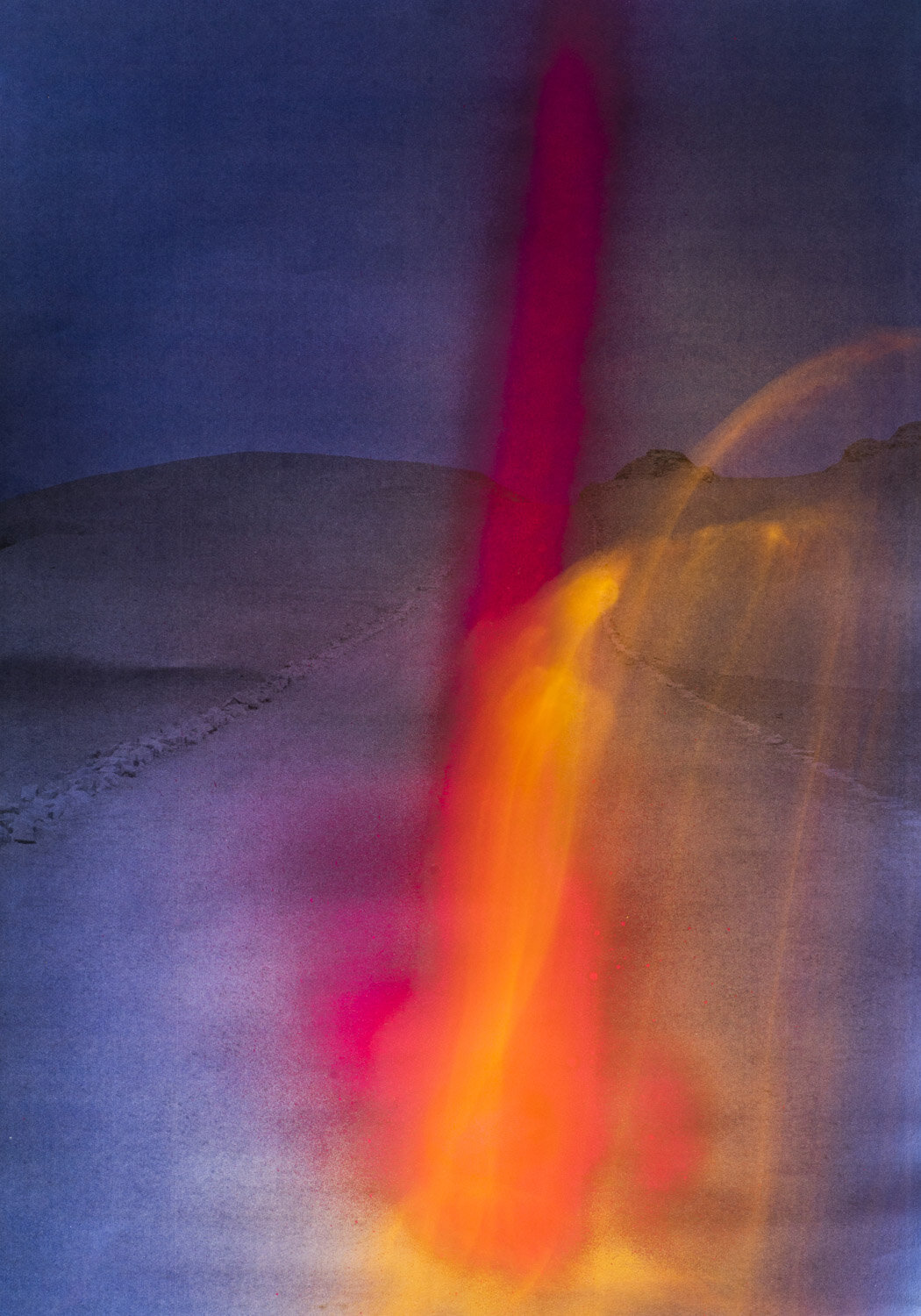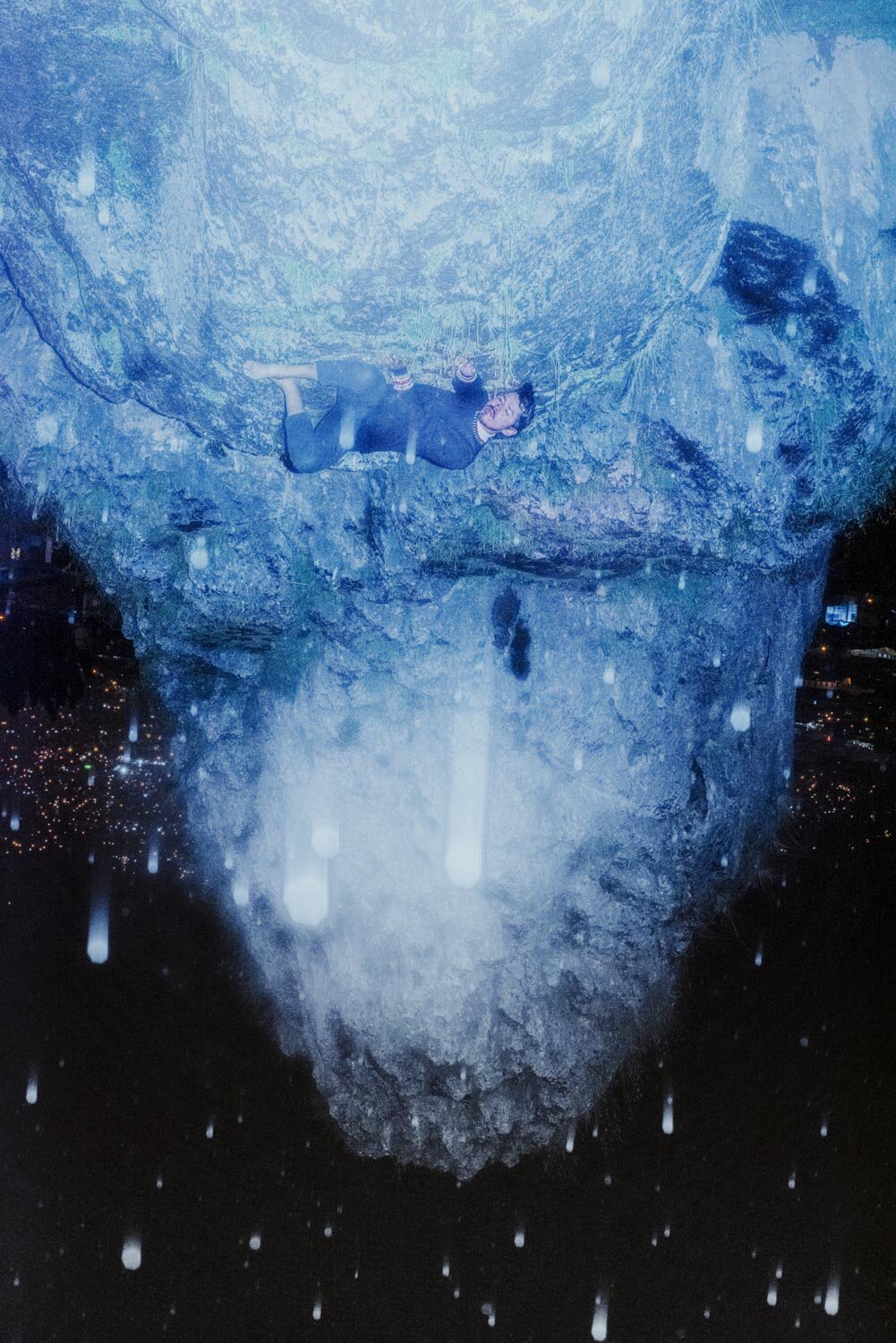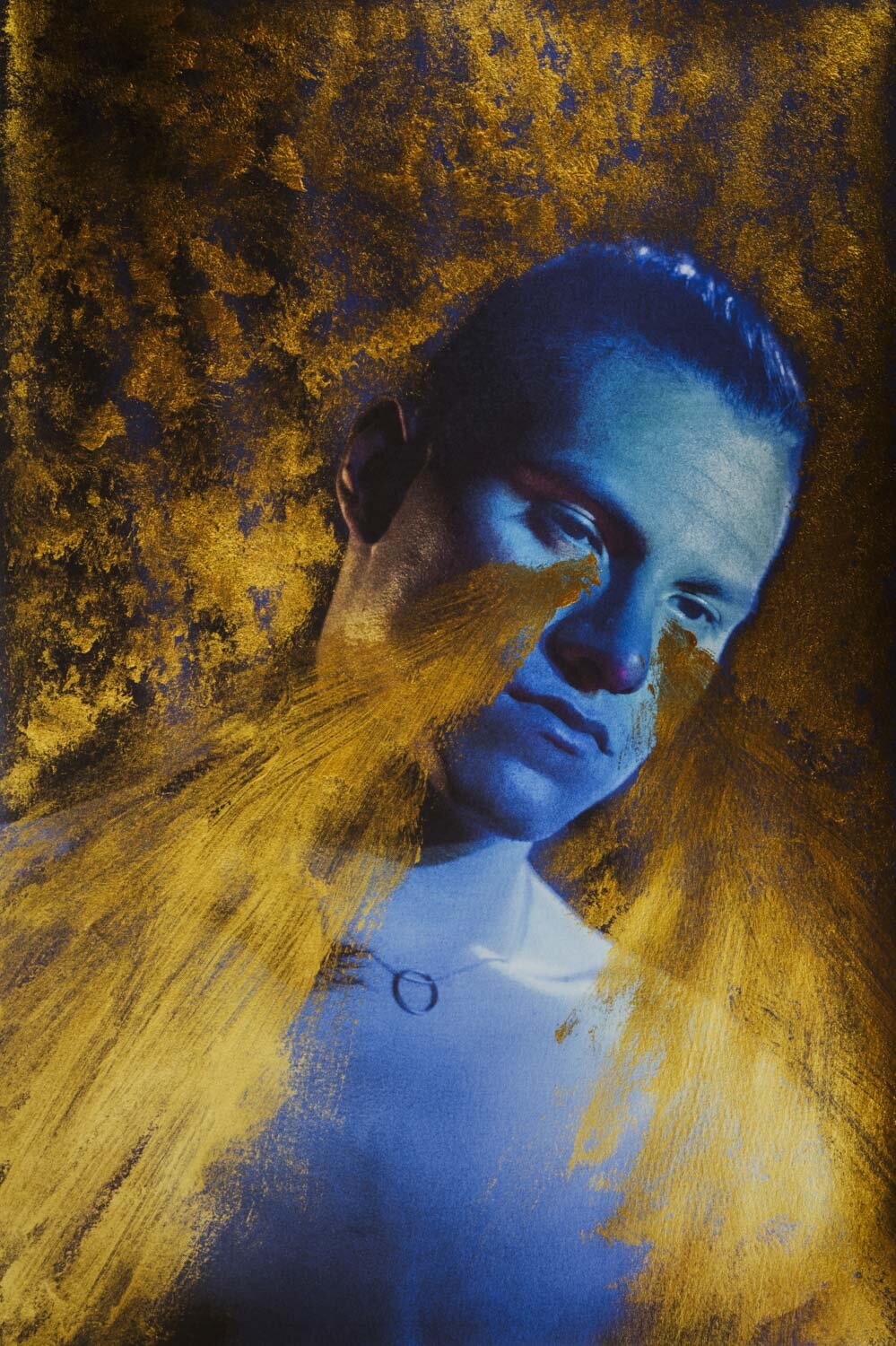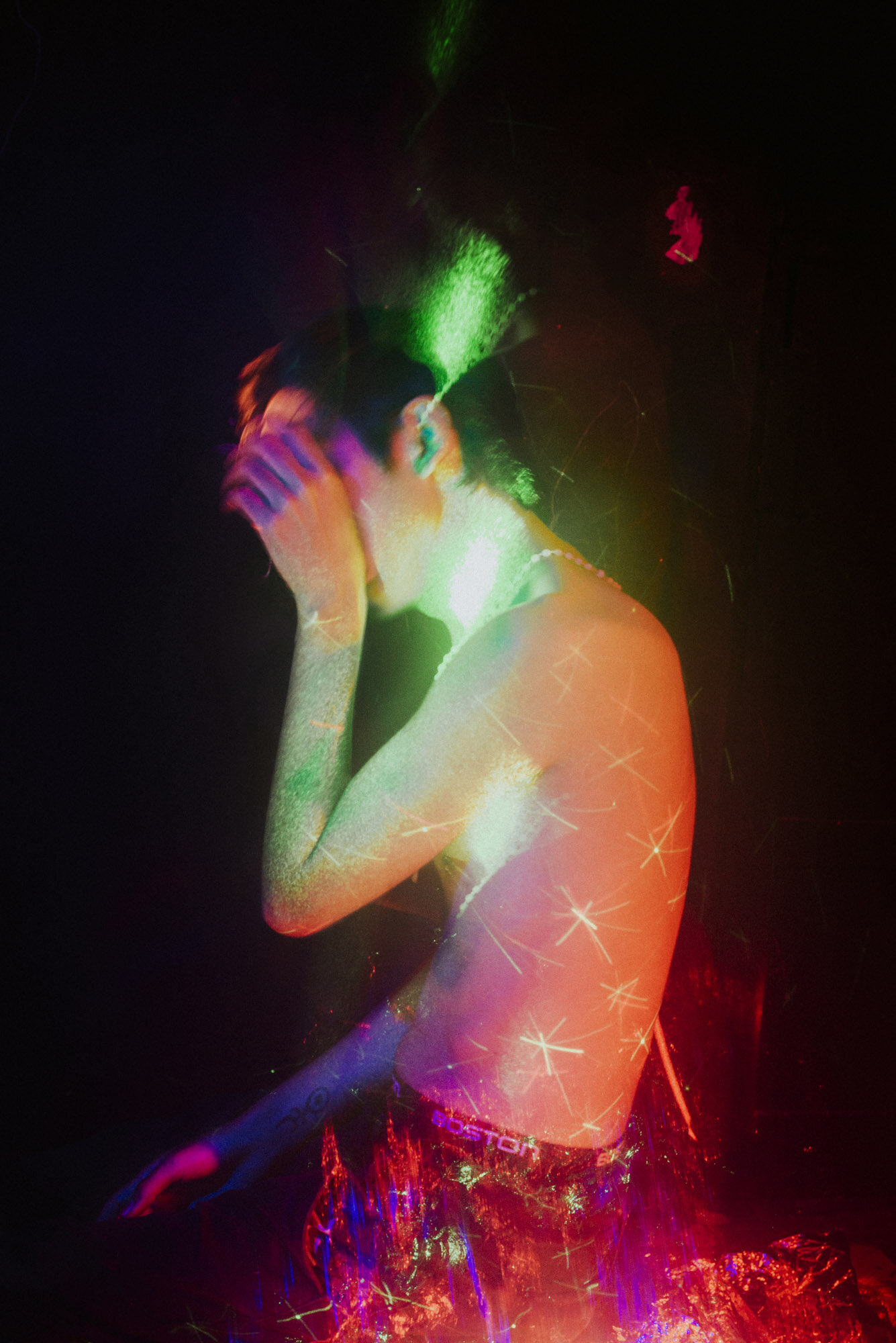Los Hijos de Pariacaca
PARIACACAPA CHURINKUNA
(EN)
Apu Pariacaca, from the first time I read your stories, an internal world opened, your voice started to beat until today.
We were your children and I didn’t know, we didn't know the rites, we had forgotten your sounds, but in this artificial city we keep feeling your presence somehow. In the midst of eras, violence, wounds and pain, your children shone over visions of an indecipherable time.
The truth is we had not forgotten anything, we have just changed, walked extensive uprooting paths, but today we meet in this wounded territory.
Apu Pariacaca, your children are mountains with lights, plastic flowers, neon hands and red clouds that sing and laugh in living languages, they look at me and question me (or maybe it's me who looks at you and questions you) Where are we going? Who we are? We can no longer go backwards, I do not know the answer, perhaps we have lost our roots or they just have grown deeper into the earth.
I open my eyes and I see a sacred territory, unpenetrable, robust of beauty and profanity, a territory that keeps beating and bleeding, your children continue walking from there, submerged in a utopia, somekind of a vision, a myth or will be the brightness of your children who blinds us?
Pariacaca is the name of a sacred mountain located between the Andes of Lima and Junin in Peru, its importance in Andean spirituality comes from very ancient times, during the process of Spanish colonization in the seventeenth century and the process of extirpation of idolatries, his stories and myths were compiled in the Quechua language in the only book of its kind that has survived to this day, called "Gods and Men of Huarochirí". This book recounts the adventures of Pariacaca, his children and the population of ancient Peru from the Andean worldview.
The path that leads us to Pariacaca continues to be a sacred pilgrimage. From the cities of the coast to the heights, where I could see it the first time, the stories that describe his children fighting and walking the heights of his eternal snow keep beating to this day.
(ES)
Apu Pariacaca, desde la primera vez que leí tus historias un mundo interno se abrió, tu voz latía hasta hoy.
Éramos tus hijos y yo no lo sabía, no sabíamos los ritos, habíamos olvidado tus sonidos, pero en esta ciudad artificial aun sentíamos de alguna manera tu presencia. En medio de los tiempos, de la violencia, las heridas y el dolor, brillaban tus hijos, resplandeciendo sobre visiones de un tiempo indescifrable.
En verdad no habíamos olvidado nada, solo habíamos cambiado, caminado extensos caminos de desarraigo, pero hoy nos encontrábamos en este herido territorio.
Apu Pariacaca, son tus hijos montañas con luces, flores de plásticos, manos de neón y nubes rojas que cantan y ríen en lenguas vivas, ellos me miran y me interrogan (o quizás soy yo quien te mira y te interroga) ¿hacia dónde vamos? ¿Quiénes somos? Ya no podemos retroceder lo caminado, yo no sé la respuesta, quizás hemos perdido nuestras raíces o solo han crecido más profundamente en la tierra.
Abro los ojos y veo un territorio sagrado, imperturbable, robusto de belleza y profanidad, un territorio que late y se desangra, desde ahí tus hijos siguen caminando, sumergidos en una utopía, una visión, un mito o será el brillo de tus hijos que nos enceguece.
Pariacaca es el nombre de una montaña sagrada ubicada entre la sierra de Lima y Junín en Perú, su importancia en la espiritualidad andina proviene desde tiempos muy antiguos, durante el proceso de colonización española en el siglo XVII y el proceso de extirpación de idolatrías, sus historias y mitos fueron recopilados en el idioma quechua en el único libro de su clase que ha sobrevivido hasta hoy, llamado “Dioses y Hombres de Huarochirí”, en el libro se relata las peripecias de Pariacaca, sus hijos y los habitantes del antiguo Perú desde la cosmovisión andina.
El camino que nos lleva hacia al Pariacaca sigue siendo un camino sagrado de peregrinación. Desde las ciudades de la costa hasta las alturas, en donde pude verlo la primera vez, las historias que describen a sus hijos luchando y recorriendo las alturas de sus nieves eternas laten hasta hoy.

